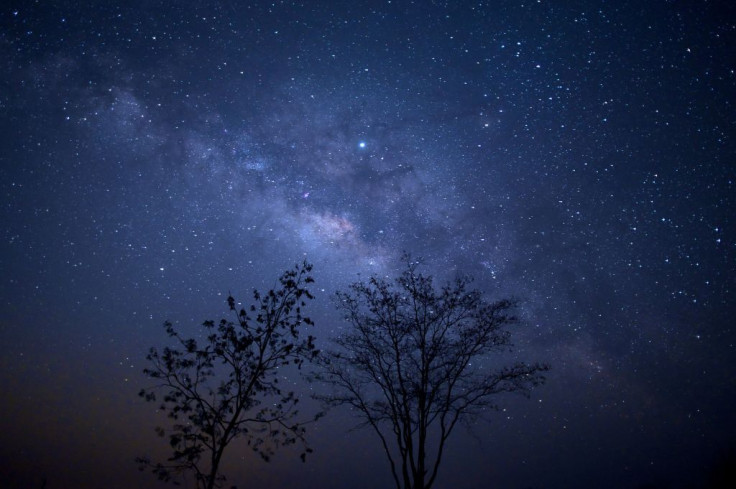2021 Sky Event: Don't Miss Jupiter, Saturn, Mercury's 'Triple Conjunction' This Weekend
KEY POINTS
- Mercury will join Jupiter and Saturn to form a "triple conjunction" this weekend
- The two giants will move out of the night sky in the latter half of the month
- Those who want to witness the event can already start watching after sunset
After the much-awaited Great Conjunction of Jupiter and Saturn at the end of 2020, 2021 is offering a special triple conjunction as Mercury is set to join the two giants this coming weekend.
It is during the evening dusk when Jupiter and Saturn come out low in the sky this January, EarthSky said, with the two expected to appear even lower in the horizon as the month progresses. This means that those who would like to spot the two giants should come out about 45 minutes after the sun sets to catch a glimpse of them, whether with the naked eye or with binoculars because they will soon move into the morning sky.
But before the pair moves out of the evening sky, this weekend will provide a rather special treat for skywatchers because Mercury will join the two in a rare triple conjunction. According to Forbes, the three planets will form a triangle during the event on Sunday, when they will be just 1.6 degrees away from each other.
Such an event, wherein three planets form a circle whose diameter covers 5 degrees or less, is called a planetary trio. According to EarthSky, the most recent planetary trio in history is the one that took place in 2015.
Those who would like to catch a glimpse of the triple conjunction need not wait until Sunday, however, because the three will be close to each other this week. As NASA explained, Mercury's passage will be visible from Friday until Monday evening, first passing by Saturn and then Jupiter.
To watch the event, EarthSky recommends first looking for bright Jupiter. After that, one can easily spot Saturn, which will be the bright object close to it. Using binoculars to watch the event will also be helpful.
Once the two giants move into the morning sky, Mercury will remain bright in the evening sky, albeit no longer with its companions. Later in the month, it will reach its Greatest Eastern Elongation, making it the best time to see Mercury in the sky after sunset.
There will also be another planet that skywatchers can look forward to seeing in the night sky this January as Mars will be visible after nightfall in the entire month.
These events, of course, are just the beginning of skywatching in 2021 as the year is filled with events that avid skywatchers can look forward to.

© Copyright IBTimes 2024. All rights reserved.






















